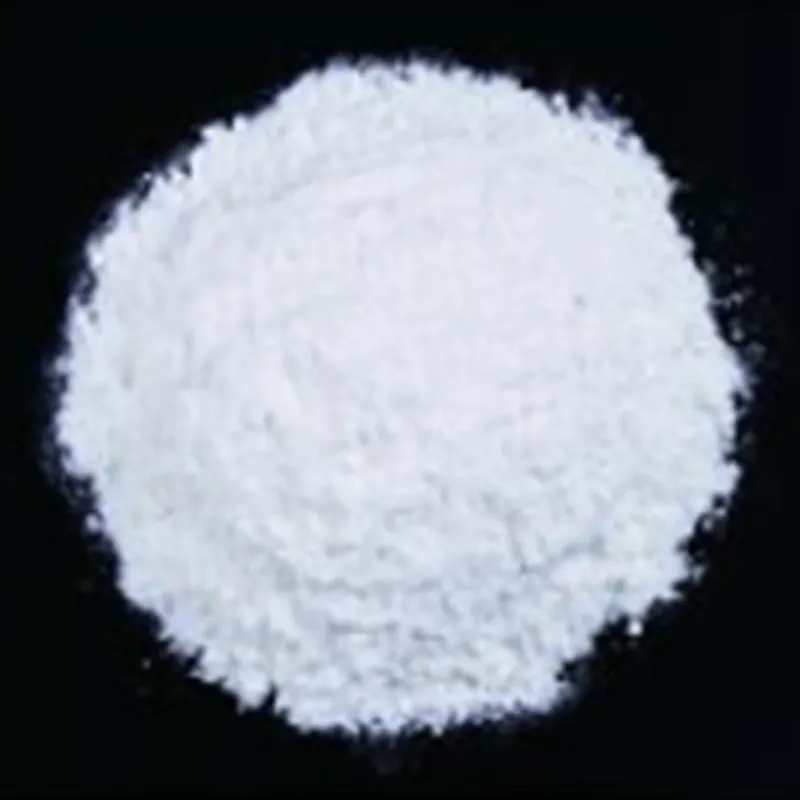
Exploring the Benefits and Uses of Monosodium Glutamate in Culinary Applications
Monosodium Glutamate A Flavor Enhancer with a Controversial Reputation
Monosodium glutamate, commonly known as MSG, is a flavor enhancer that has been a staple in Asian cuisine for decades and has recently gained popularity in various culinary applications worldwide. Discovered by Japanese chemist Kikunae Ikeda in 1908, MSG is derived from glutamic acid, an amino acid found naturally in many foods, including tomatoes, cheese, and mushrooms. While MSG is widely used to elevate the umami flavor—the fifth basic taste—its safety and health implications have sparked significant debate and controversy.
The Science Behind Monosodium Glutamate
MSG enhances the flavor of food by stimulating the taste receptors on the tongue that respond to umami, the savory flavor associated with foods like broth, cooked meats, and fermented products. This characteristic makes MSG particularly appealing in culinary practices, as it can help intensify flavors, reduce the need for salt, and improve the taste profile of various dishes.
While MSG is a naturally occurring compound in many foods, its concentrated form used in cooking raises questions about its effects on human health. Studies over the years have explored its potential link to a range of symptoms, often referred to as Chinese Restaurant Syndrome, which includes headaches, flushing, and nausea. However, comprehensive reviews by international health organizations, including the Food and Drug Administration (FDA) and the World Health Organization (WHO), have concluded that MSG is generally recognized as safe for consumption in moderate amounts.
The Health Controversy
Despite these reassurances, the controversy surrounding MSG persists. Some individuals report sensitivity to the substance, experiencing adverse reactions after consuming foods containing it. This has led to calls for labeling and stricter regulations, as many consumers prefer transparency about the ingredients in their food. The backlash against MSG has also influenced food manufacturers to create MSG-free products, appealing to health-conscious consumers who may be wary of its effects.
monosodium glutamate

The debate over MSG often reflects broader concerns about processed foods and their ingredients. In a world where consumers are increasingly focused on health and wellness, the inclusion of any additive, including MSG, can lead to scrutiny. This has amplified marketing trends that favor natural and clean labels, pushing some traditional cuisines to adapt and remove MSG from their recipes.
Culinary Applications and Global Perspective
In places like China, Japan, and Korea, MSG is deeply ingrained in culinary traditions, and chefs often utilize it to enhance the natural flavors of their dishes. The ingredient has found its way into numerous packaged foods, from snacks to soups and sauces, underscoring its versatility in enhancing taste.
However, in Western countries, particularly in the United States, the stigma associated with MSG remains. While many restaurants and food products have begun to embrace the full potential of umami through natural sources, the hesitance toward MSG still lingers in public perception.
Conclusion
Monosodium glutamate serves as an example of how food science can intertwine with cultural sensitivity and health consciousness. The discussions surrounding MSG reveal not just a debate about a single ingredient but a broader conversation about how we view food additives and their roles in our diets. As our understanding of nutrition and health evolves, so too does our approach to ingredients like MSG. While it offers a cost-effective solution to enhance the flavor of foods, the ongoing dialogue about its safety and the preferences of modern consumers will inevitably shape its future in the culinary world. Whether reviled or revered, MSG remains a significant player in the realm of flavor enhancement, influencing how we experience and enjoy food.
-
Pure Sodium Dichloroisocyanurate Dihydrate | Powerful DisinfectantNewsAug.29,2025
-
Industrial Chemicals: Quality & Purity for Every IndustryNewsAug.28,2025
-
Nitrile Rubber Honoring Strict Production StandardsNewsAug.22,2025
-
Aspartame Ingredients Honoring Food Safety ValuesNewsAug.22,2025
-
Fertilizer for Balanced Plant NutritionNewsAug.22,2025
-
Cyanide Gold Processing with High Purity AdditivesNewsAug.22,2025
-
Formic Acid in Textile Dyeing ApplicationsNewsAug.22,2025
Hebei Tenger Chemical Technology Co., Ltd. focuses on the chemical industry and is committed to the export service of chemical raw materials.
-

view more DiethanolisopropanolamineIn the ever-growing field of chemical solutions, diethanolisopropanolamine (DEIPA) stands out as a versatile and important compound. Due to its unique chemical structure and properties, DEIPA is of interest to various industries including construction, personal care, and agriculture. -

view more TriisopropanolamineTriisopropanolamine (TIPA) alkanol amine substance, is a kind of alcohol amine compound with amino and alcohol hydroxyl, and because of its molecules contains both amino and hydroxyl. -

view more Tetramethyl Thiuram DisulfideTetramethyl thiuram disulfide, also known as TMTD, is a white to light-yellow powder with a distinct sulfur-like odor. It is soluble in organic solvents such as benzene, acetone, and ethyl acetate, making it highly versatile for use in different formulations. TMTD is known for its excellent vulcanization acceleration properties, which makes it a key ingredient in the production of rubber products. Additionally, it acts as an effective fungicide and bactericide, making it valuable in agricultural applications. Its high purity and stability ensure consistent performance, making it a preferred choice for manufacturers across various industries.





